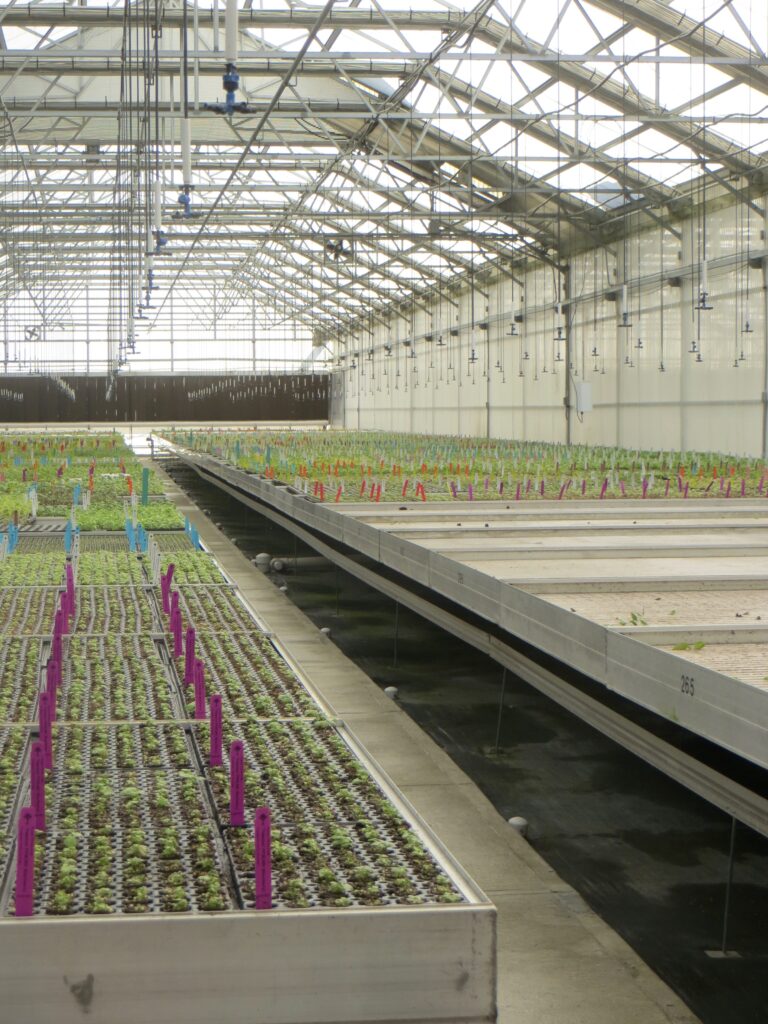Urban Farming
Urban farming combines innovative agricultural techniques with city spaces to create sustainable local food systems. From small-scale market gardens to advanced controlled environments, urban farming is transforming how we think about food production in metropolitan areas. At UGA Extension, we support three key approaches: small-scale farming that maximizes limited urban space, hydroponic and aquaponic systems that eliminate the need for soil, and controlled environment agriculture that enables year-round growing through environmental management. These methods help meet the growing demand for locally-produced food while adapting to urban constraints and environmental challenges.

Small-Scale Farming
Small-scale urban farming can include market gardens, rooftop farms, raised bed gardening, high tunnel production, and other intensive food production systems in urban areas. These farms can provide fresh produce to local markets, restaurants, and community-supported agriculture (CSA) programs.

Hydroponics and Aquaponics
Hydroponic and aquaponic systems allow for soil-less cultivation of plants, often in controlled environments. These methods can be particularly useful in urban areas with limited land or poor soil quality. Hydroponics involves growing plants with water that has been enriched with water soluble fertilizers rather than soil, while aquaponics involves utilizing fish or other aquatic life to supply nutrients for plants grown hydroponically.
The most common types of hydroponic systems include:
Water Culture Systems:
- Nutrient Film Technique (NFT)
- Deep Water Culture (DWC)
- Aeroponics System or Root Mist
Substrate Culture Systems:
- Ebb-and-Flow subirrigation / Flood-Floor
- Drip System
- Wick System
Nutrient solutions are typically derived from mineral salts, however, organic nutrient solutions are also available.

Controlled Environment Agriculture (CEA)
Controlled Environment Agriculture (CEA) is a low to high-tech farming method where environmental conditions such as light, temperature, humidity, airflow, and carbon dioxide levels are actively managed within closed or semi-closed production facilities to maximize crop yield and quality and reduce resource utilization. CEA facilities include:
- Low and high tunnels (hoop houses)
- Low and high-tech greenhouses
- Vertical farms/plant factories
These facilities are designed to decrease land use, promote agricultural diversification, and allow for lengthened or year-round cultivation of crops resulting in a more stable and sustainable food supply that is resilient to climate change. Some systems like high tunnels and shade structures rely on sunlight only, while others like greenhouses may use supplemental lighting, while indoor systems like vertical farms are driven fully by artificial lighting, most commonly LED systems.

